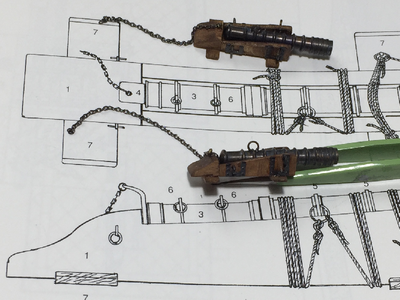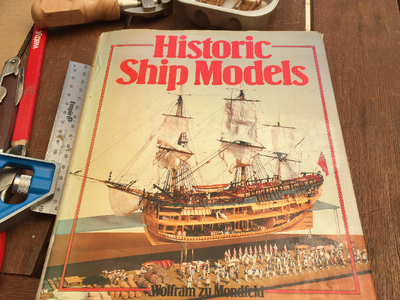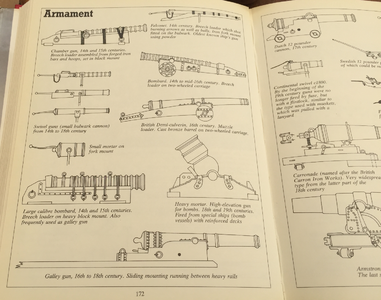In assembling AL Santa Maria (modified) I'm now trying to complete the 4 lombard (Lonbarda) cannons. Having got this far I realised that I have no idea of the chain length or to where it should finish/end nor how the Portuguese/Spanish secured the Lombards on their ships during the middle to late 1400's. Googled and received nada results which isn't surprising considering my wife says I can't find the milk inside the fridge.. Does anybody have knowledge of this and is willing to assist? - Thank you in advance.









